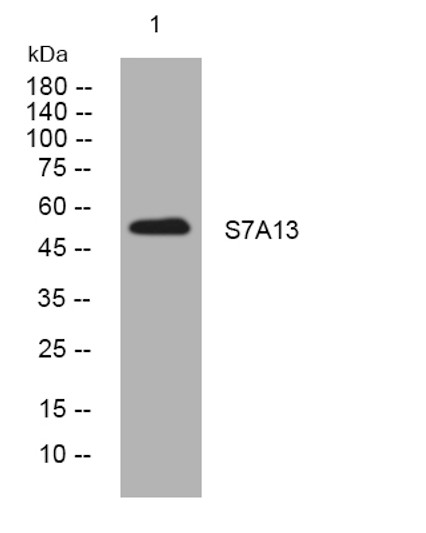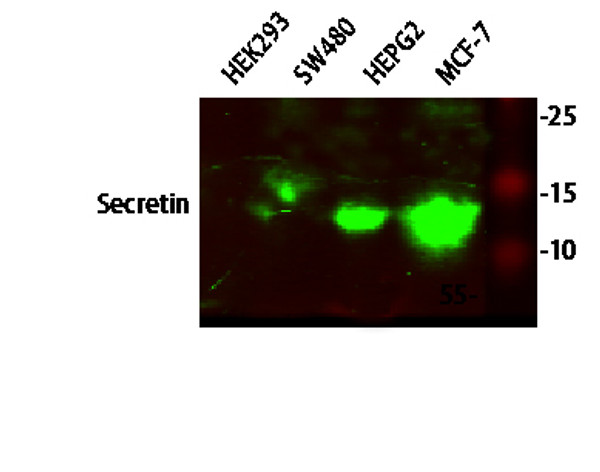| Post Translational Modifications | It is uncertain whether Cys-315 or Cys-316 is palmitoylated. |
| Function | G-protein coupled receptor which selectively activates G(i) type G proteins via ultraviolet A (UVA) light-mediated activation in the retina. Preferentially binds the chromophore 11-cis retinal and is a bistable protein that displays emission peaks at 380 nm (UVA light) and 470 nm (blue light). Required for the light-response in the inner plexiform layer, and contributes to the regulation of the light-response in the nerve fiber layer, via phosphorylated DAT/SLC6A3 dopamine uptake. Involved in local corneal and retinal circadian rhythm photoentrainment via modulation of the UVA light-induced phase-shift of the retina clock. Acts as a circadian photoreceptor in the outer ear, via modulation of circadian clock-gene expression in response to violet light during the light-to-dark transition phase and night phase of the circadian cycle. Required in the retina to negatively regulate hyaloid vessel regression during postnatal development via light-dependent OPN5-SLC32A1-DRD2-VEGFR2 signaling. Involved in the light-dependent regulation of retina and vitreous compartment dopamine levels. |
| Protein Name | Opsin-5G-Protein Coupled Receptor 136G-Protein Coupled Receptor Pgr12NeuropsinTransmembrane Protein 13 |
| Database Links | Reactome: R-HSA-418594Reactome: R-HSA-419771 |
| Cellular Localisation | Cell MembraneMulti-Pass Membrane Protein |
| Alternative Antibody Names | Anti-Opsin-5 antibodyAnti-G-Protein Coupled Receptor 136 antibodyAnti-G-Protein Coupled Receptor Pgr12 antibodyAnti-Neuropsin antibodyAnti-Transmembrane Protein 13 antibodyAnti-OPN5 antibodyAnti-GPR136 antibodyAnti-PGR12 antibodyAnti-TMEM13 antibody |
Information sourced from Uniprot.org







